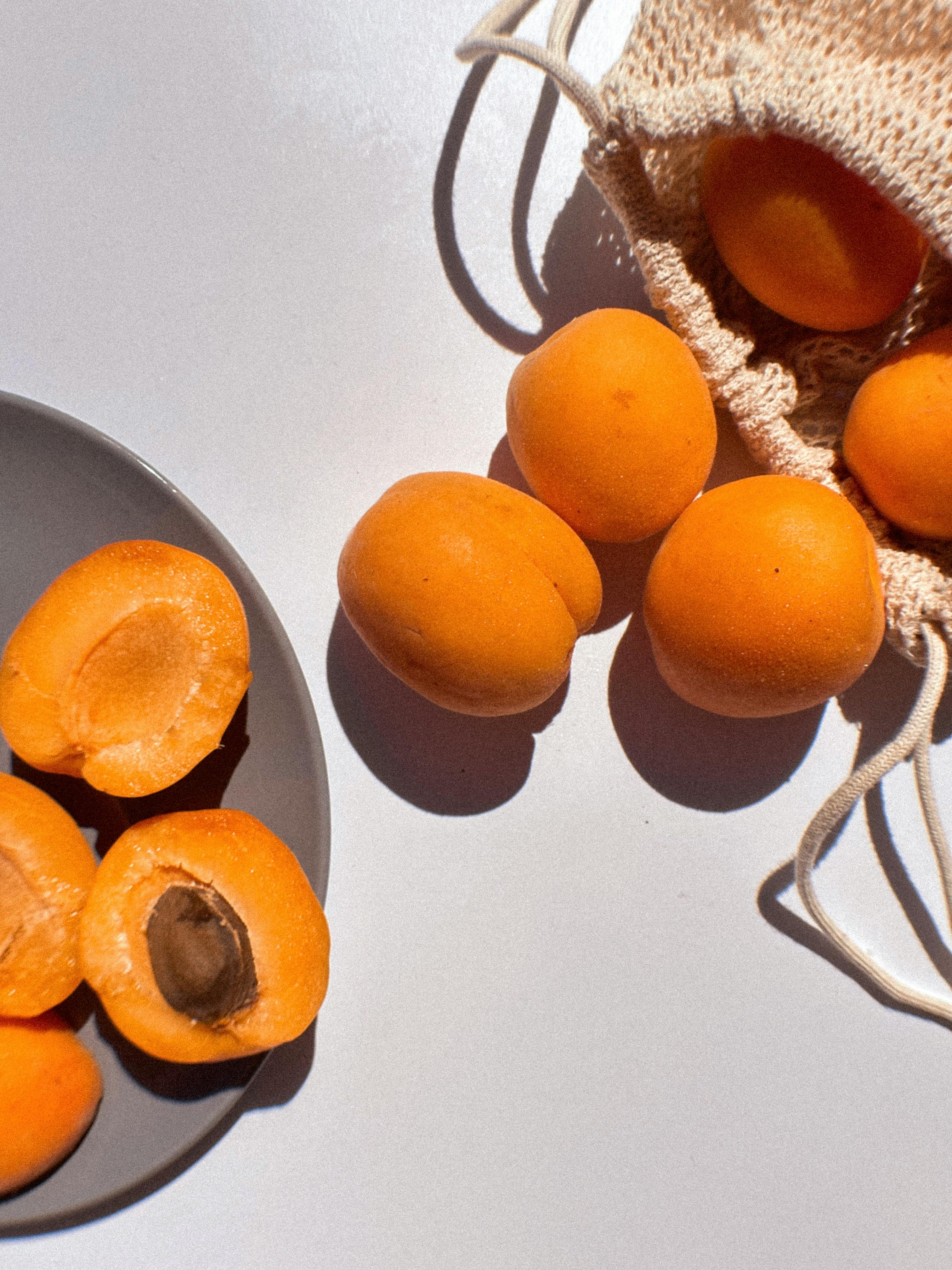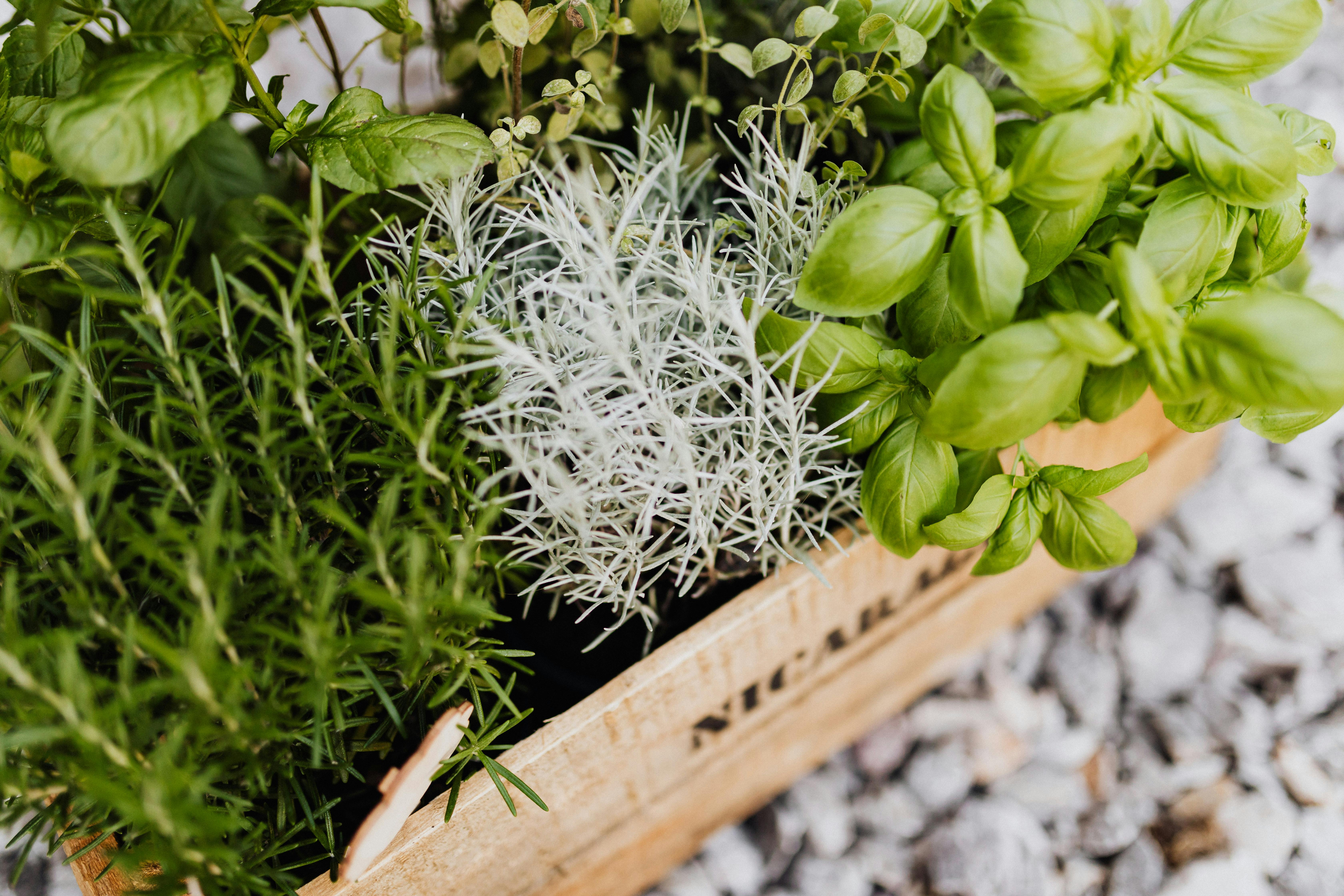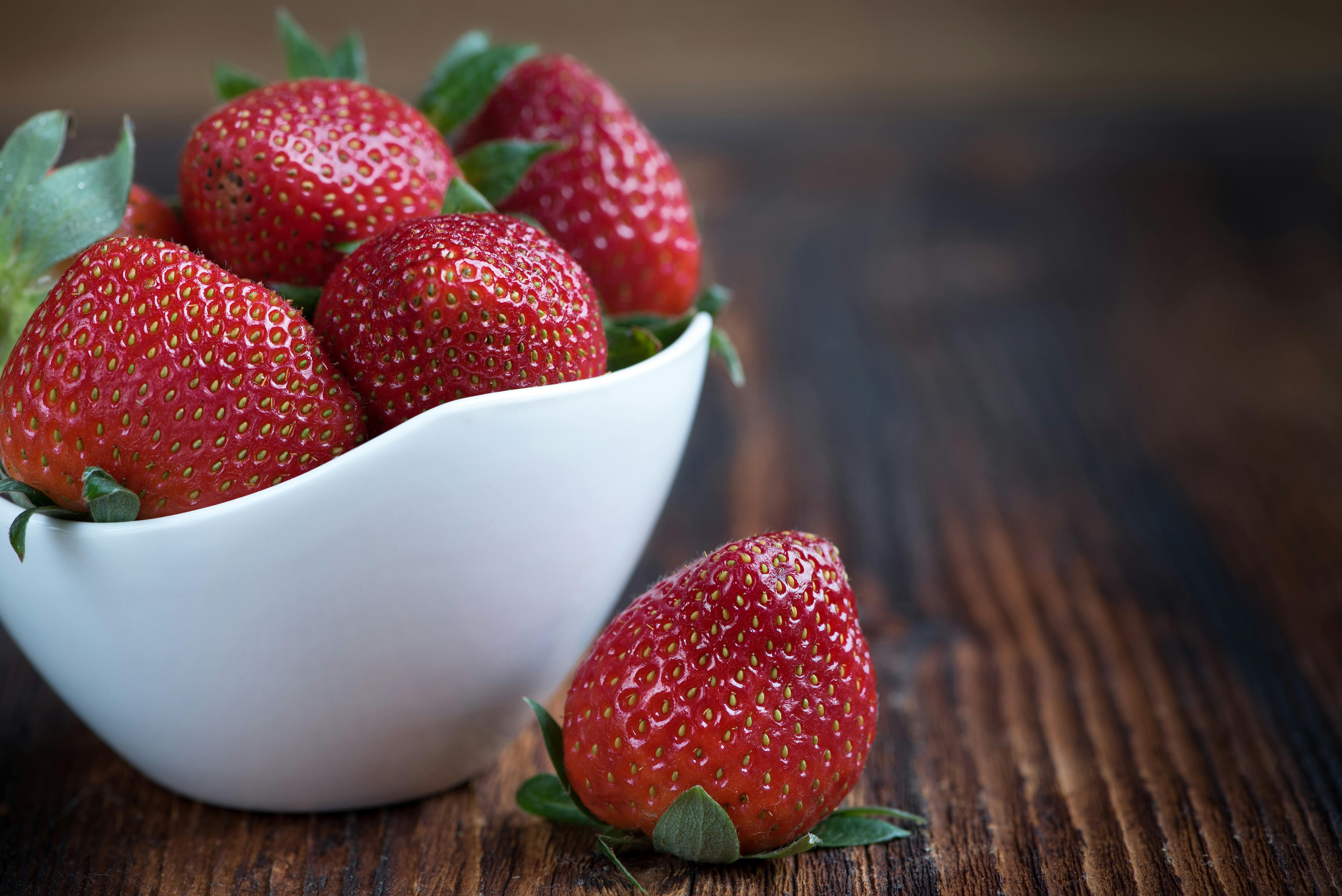 |
Nature’s Dessert Cookbook: Healthy, Delicious & Naturally Sweet Recipes Don’t want or can’t tolerate sugar alcohols and artificial sweeteners? This cookbook is for you! Every dessert is naturally sweetened with whole ingredients rich in fiber and protein, slowing sugar absorption and making them diabetic-friendly. It gathers your favorite recipes from the website—plus brand-new ones—all in one convenient place. Indulge in truly natural treats without compromise! |
 |
Diabetic Baked Goods: Everyday Bakes for Every Meal Diabetic cookbook designed to make healthy baking simple, accessible, and enjoyable. This collection of low-carb, high-fiber, and protein-rich recipes provides a reliable solution for those looking to enjoy diabetic bread and baked goods without blood sugar spikes. Every recipe includes a video tutorial, making it even easier to follow along and bake with confidence! |
 |
What Makes This Cookbook Different?
|
How Healthy is Agave Nectar Really?

Agave nectar have grown popular for people seeking alternatives to refined sugar. Let's take a closer look to see if this is justified.
Agave, a plant native to the arid regions of Mexico and the American Southwest, is celebrated for its ability to produce nectar that serves as a natural sweetener. Its by-products, agave nectar (syrup) and agave sugar, are derived through different processes.
Agave nectar is made by extracting sap from the plant's core, which is then filtered, and heated to break down complex components into sugars. Agave sugar, on the other hand, is produced by drying the nectar and grinding it into a powder.
A Closer Look at Agave's Composition and Calories
One of the main attractions of agave nectar is its low glycemic index (GI), typically ranging between 15 to 30. The glycemic index is a measure of how quickly a food causes blood sugar levels to rise. Hence, foods with lower GI values, like agave nectar, result in a more gradual impact on blood sugar, making it an appealing option for diabetics or those managing blood sugar levels.
Agave nectar and agave sugar may have a low GI and are often seen as healthier alternatives to refined sugar, but it's important to be mindful of this1:
- Caloric content - agave nectar contains roughly 60 calories per tablespoon, which is slightly higher than table sugar.
- Despite having a lower glycemic index, agave is still high in fructose, which can strain the liver and contribute to weight gain.
It’s best to use agave sparingly, especially for individuals looking to manage their blood sugar levels or reduce overall calorie intake. Caution and moderation is key when incorporating agave into your diet.
Use Agave Nectar Only Sporadically
Due to these, I use agave nectar or sugar only sporadically, not too often and not in many desserts.
My main criterion is whether the agave sugar or nectar will blend well with the other ingredients. In desserts where I normally use honey, I often reduce the amount of honey by incorporating some agave nectar to lessen its impact on blood sugar levels.
This way, I avoid overusing both honey and agave nectar. My approach is to maximize the benefits while minimizing any potential negative effects on health as much as possible.
In my desserts and smoothies, I often use honey and date syrup for their nutritional value, but I also include agave nectar to create a more balanced treat or meal overall. Agave sugar can be easily used in a 1:1 ratio in most recipes. However, when I use agave sugar, I usually reduce the amount because a smaller quantity is enough to achieve the same level of sweetness. Similarly as using agave nectar, I combine it with other sweeteners like stevia or birch.
Additionally, this method ensures that no single sweetener dominates the flavor of the dessert. Sometimes, one sweetener can overpower the taste, which can ultimately ruin the dessert. By balancing different sweeteners, I achieve a harmonious and well-rounded flavor in every dessert.
However, agave sugar offers a unique taste profile, often described as subtly floral and less pronounced than raw sugars, which means it can blend seamlessly into desserts. When I'm baking, I've discovered the elegance of its flavor—when I’m crafting a rich chocolate cake, agave sugar can offer a depth of sweetness that balances well with primary ingredients in combination with other sweetener like stevia.
Do Not Rely on Agave Products
I cherish finding new ways to sweeten our dishes with it, although I’m mindful not to rely on agave products. Variety in sweeteners can help ensure balanced intake, which is crucial for managing diabetes.
The important takeaway from my firsthand experience is that agave can be a friendly ingredient in health-conscious cooking when used with understanding and care. It's a balance—knowing when to use it and when another sweetener might be more appropriate.
To conclude, agave, in its nectar and sugar forms, can be an addition to your kitchen repertoire when used mindfully. I am hopeful that innovations in agave processing will continue to improve its health profile, offering more refined options for consumers.2
Then I will use it more often.






